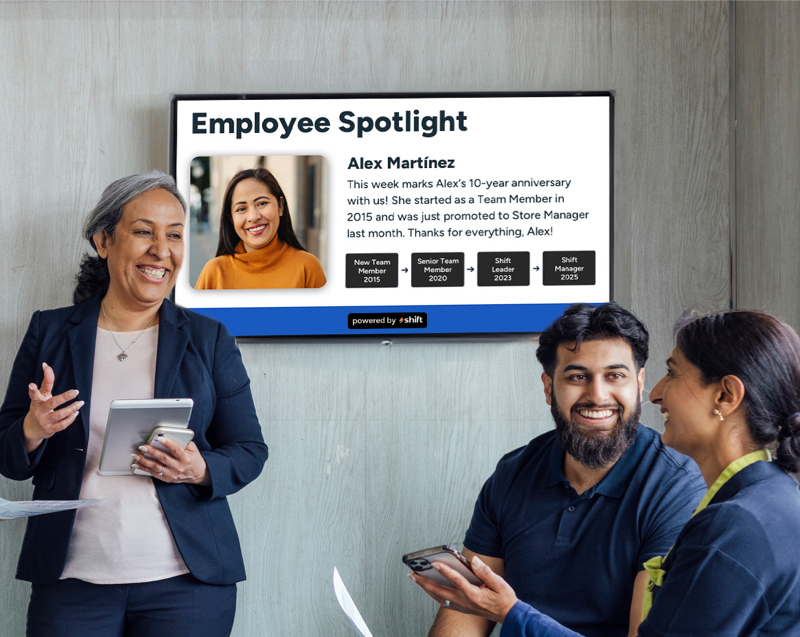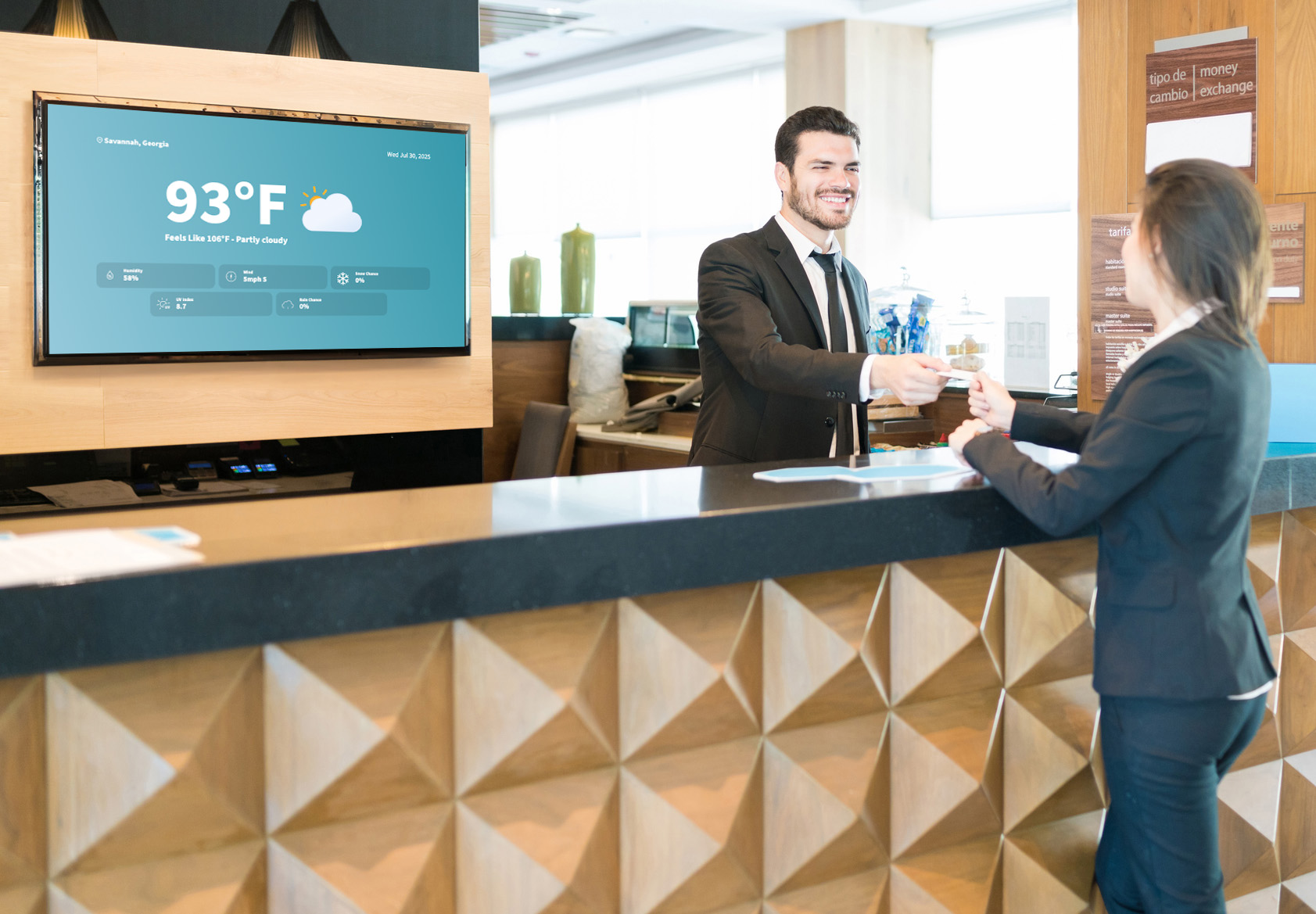By Theresa Bontempo
No matter the kind of business that you run, making sure that your employees are heard, represented, and treated with respect is essential. Having a mutual respect for your employees that work hard for you regardless of gender, race, and ethnicity is important, especially in 2025–and while this doesn’t seem to be too much of an issue anymore, it’s still important to give your staff access to the resources that they need.
Employee resource groups, otherwise known as ERGs, are company-recognized groups that employees run to help in professional development, create a sense of community in the workplace, and even to support employees in every aspect. From women’s, LGBTQIA+, veterans, and even mental health and wellness groups, they can allow people to feel vulnerable and share their experiences while also being included in their professional field.
There’s no doubt that support groups such as employee resource ones can play a huge role in the overall mental well-being of employees to help them feel seen and heard, and there are plenty of practices to strengthen your own group!
Employee Resource Groups: The Most Popular Ones and Why They’re Important to Implement in the Workforce
Supporting coworkers against discrimination is important for any business!

Employee resource groups are an efficient way to help many groups of people so they feel more included in the workplace. Image courtesy of University of Miami News.
People come from many different backgrounds. Whether it’s their sexuality, ethnicity, race, religion–no matter the case, we are all working as a team in order to help businesses continue to run smoothly and be successful. Employee resource groups can be a great contribution to any type of business to help people with similar backgrounds feel closer together, create bonds, and help people efficiently work together in harmony.
What Exactly is an Employee Resource Group?
Employee resource groups, or ERGs for short, have one main goal–to unite and create a sense of community in the workplace. Despite the type of position someone holds, ERGs can help provide community, help with professional development, support all employees, and even unite those with shared experiences or beliefs to improve company retention.
These are company-recognized groups that are integrated into the overall policies, rules, and regulations of the business that help create a sense of belonging and support employees with common identities. These are voluntary, employee-led groups where staff can come together for meetings and have discussions on how to make changes in the business for their specific issues or concerns, for people with similar interests to come together and talk, or even to unite over a common interest.
Making sure that your employees are satisfied in their position and are working in a positive work culture is important and ERGs can be organized around a few shared characteristics–including identity, experiences, and interests. Not only can ERGs help to make change within the company, but it can also help individuals socialize and build relationships with their coworkers.
Popular Types of Employee Resource Groups
There are a few different types of popular ERGs that businesses can have, or that employees can create to get staff together and feel included. Listed below are some of the most popular ERGs that you might find:
- Gender groups - Men, women, and gender non-conforming options
- Sexual orientation and gender identity - LGBTQIA+-specific group
- Race and ethnicity - BIPOC (Black, Indigenous, and People of Color), ethnic, and other cultural groups
- Veterans - Can apply to veterans and active military duty personnel
- Disability - For people with either both visible and nonvisible disabilities
- Religious and Faith - For different religious affiliations and spiritual beliefs
- Generational - People from the same generation can get together to discuss shared experiences and perspectives in the workforce
- Employees with children - Specifically for caregivers, working parents, or even single parents
Benefits of Adding Employee Resource Groups in the Workplace
Many companies are adding or recommending staff to start their own voluntary employee resource groups simply for the benefits that it can have on the staff. By feeling more recognized and appreciated, ERGs can bring people together to talk about their own similar experiences and interests without fear of being ridiculed or judged–simply in a safe environment.
Some of the biggest benefits of adding ERGs into the workplace include the following:
- Professional development
- Cultural awareness
- Acceptance
- Share interests and experiences
- Builds friendships
- Allows for socialization off-the-clock
- Employee engagement
- DEI (diversity, equity, and inclusion) expansion
- Recruit more employees
- Retain employees and decreasing turnover rate
- Boost job satisfaction and overall morale
- Create a sense of community
- Support and advocacy for underrepresented groups
- Gain business insights
- Assistance with mental health
The Top Practices to Strengthen Your Work Group in Employee Resource Groups
Learn more about the practices that employee resource groups have that can help strengthen your team!

Employee resource groups can help to strengthen teams in any business, build friendships, and allow a safe space for support and advocacy. Image courtesy of Entrepreneur.
There’s no doubt that adding more inclusion groups within the workplace can help to strengthen teams and allow them a space to be surrounded by people who have the same views and beliefs as them. Employee resource groups have many strong practices that businesses can implement in their everyday operations to make staff feel at home, safe, and heard–and knowing what they are can be an easy way to strengthen your team and retain staff long term.
Attend Professional Events Tailored to Employee Resource Group Beliefs and Goals
One of the best types of practices that companies can recommend staff going to and build stronger connections with them are company events that are informational and raise awareness about a plethora of different topics. Some popular events that many ERG group members go to consist of cultural celebrations to educate employees on different traditions, networking happy hours to get staff to connect and talk about work, mentorship programs for career support and guidance, and book clubs aimed to understand shared experiences from certain groups of people.
Provide Resources For Help When Needed
It’s important to provide employees with the resources that they need when it comes to support and mental health. ERGs can be a perfect example on how to provide resources into your business to keep staff members happy, along with offering support for underrepresented groups to give them a voice to be heard. Popular resources that many ERGs can provide to employees include mentorship, professional development, professional development skills, psychological safety for mental health awareness, leadership skills, and a place for inclusion for everyone to give them a voice.
Develop Meeting Schedules to Hold Staff Accountable
Meetings are important for every type of job to keep staff held accountable for the work that they’re putting into the team and for check-ins to see if anyone needs guidance or help in any aspect. Many ERGs hold meetings to create consistency within the group and to ensure that everyone is being productive and insightful when helping others. Companies can develop a meeting schedule for a certain time and day of the week that works for their team to keep them on track with their work and to even come in with questions about a project or task and get the necessary help they may need.
Celebrations or Work Events For Special Occasions
Work events or celebrations are a great way to get staff together off-the-clock to have them let loose and socialize without the pressure of their job in the back of their minds. ERG groups tend to have a bunch of different types of work events and celebrations to highlight the main goal of their meetings and shed light on the issues that these specific groups of people may experience. From cultural celebrations, cultural cuisine cook offs, film screenings, spotlight on minority-owned businesses, or even visiting museums and other cultural sites can be a great practice to implement in any business to strengthen your team.
Align Employee Resource Goals With Business Objectives
The main goal for any business is to be able to bring a team of people together to keep it running successfully and to complete tasks without any internal conflicts that could distract staff. ERG goals can coincide with business objectives in a number of ways, such as figuring out the company mission and the vision of their future.
Businesses can also identify and appoint certain staff member leaders to hold them accountable for certain projects and track key performance indicators, or KPIs. From calculating participation rates, figuring out employee retention, talent acquisition, and even increasing belonging in the workplace, ERG goals can be very similar to the business goals of wanting to make sure everyone is included, pulling their weight, and feels heard and treated without discrimination within their position.
Shift: A Content Management System That Encourages Engagement and Improves Retention
Content management systems can help employee resource groups get their team together and stay satisfied in their position!

Employee resource groups can use Shift–a content management system–to help set up meetings and provide resources they need. Image courtesy of Shift.
There are a ton of resources for ERGs to provide their members such as support, advocacy, and a safe space to help them feel heard. For those who run a voluntary ERG within their business, a content management system is a way to flash images of happy team members during meetings, while also helping to improve retention and engage employees at the same time.
What is Shift?
One of the most important things to do as an owner of a business, manager, or even a shift leader is to build positive relationships with your employees. Many people believe that work isn’t the place to make friends, but building deeper connections on a professional level with staff by encouragement and recognition can be a great way to build bonds.
Shift’s main goal is just that–to help build strong, deep connections with staff through the use of their content management system. By doing simple things such as highlighting staff birthdays, work anniversaries, and achievements, it can help leave employees feeling appreciated for coming into work and going above and beyond to do something extra, help other coworkers out, and get their everyday tasks done in an efficient manner.
Features of Shift That Can Help Employee Resource Groups
There are many features that Shift offers that can help employees to feel heard, appreciated, and recognized in their job position. Shift offers many ways to recognize and engage employees regardless of sex, gender, age, religion, race, or ethnicity including:
- Boost employee engagement through recognition and appreciation
- Celebrate staff birthdays, work anniversaries, and other achievements
- Show training videos
- Keep track of employee training
- Employee spotlights
- Interactive polls for staff to anonymously complete
- Expands internal communications
- Shows company logistics
- Improves and expands new hire training
- Allows staff to retrain and re-skill in key trainings
- Helps managers learn more about staff
- Encourages employees to do work harder
- Increases productivity
Engage Staff Through Employee Resource Groups and Their Strong Practices to Build Your Team
Building a strong and confident team is crucial for every business. Ensuring that they are appreciated and recognized not only for the work they do, but also are in a safe space where they can talk about shared experiences and interests with coworkers in employee resource groups is the best way to create a positive work environment full of inclusivity.
Consider adding Shift–a useful content management system–into your workplace and implementing some of an employee resource group’s best practices to help strengthen your team today!
















